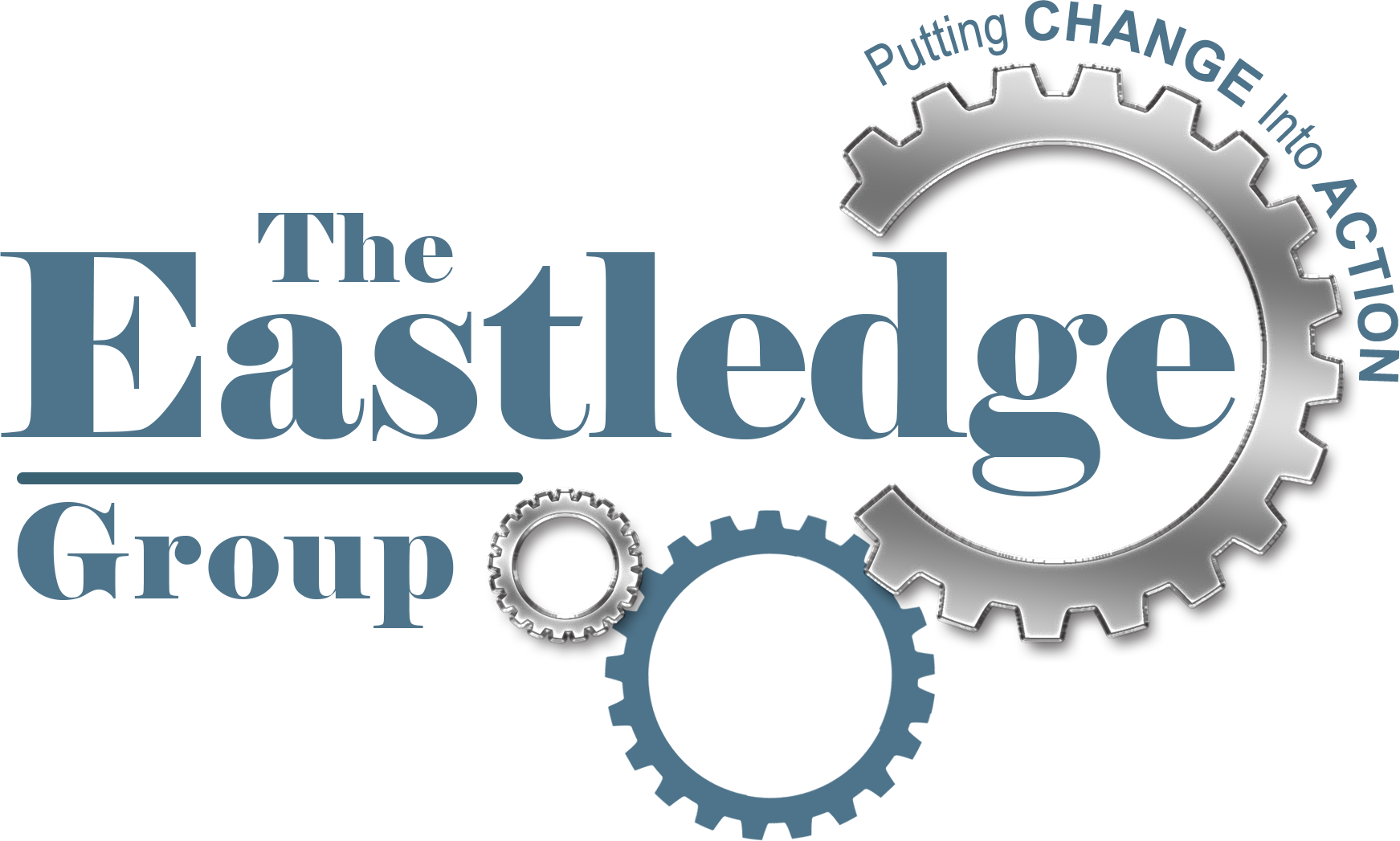How Cultural Intelligence Supports Belonging
Whether you manage your own small start-up or work remotely as part of a large team, belonging is an essential component of a thriving workplace culture. Employees who feel a strong sense of belonging, after all, prove to be more productive and less likely to leave for other professional opportunities. But while more companies give attention to “belonging” and to general diversity and inclusion initiatives, they may be glossing over a key factor in fostering a safe, inclusive space for everyone in the office: cultural intelligence.
We’ve previously defined belonging as sense of recognition, value, and social and emotional attachment among employees—it is a crucial determinant of an organization’s competency in appreciating not only performance but also the unique perspectives and identities of their workers. Belonging, however, cannot occur without cultural intelligence (also called cultural quotient, or CQ), which is the ability to relate to and work with others by understanding, accepting, and adapting to cultural differences. These differences can range from the varied communication styles of people from diverse religious and ethnic backgrounds to actual workplaces themselves—a work-from-home employee, for instance, likely has to make adjustments to his or her style of dress, collaborative efforts, and scheduled work time when returning to the main office. Cultural differences can even exist between departments within the same organization, such as the accounting team and the customer care division, due to different goals, operating procedures, managerial styles, and even office locations.
Organizations with culturally intelligent leaders don’t shy away from difference, nor do they operate on assumptions about different groups of people. Instead, they welcome and plan for difference, recognizing both successful and challenging cultural interactions as opportunities for learning and growth. According to early research conducted by professors P. Christopher Earley and Elaine Mosakowski, business leaders develop cultural intelligence via three means:
· Head (Cognitive): learning about your own culture and the cultures of other groups and understanding that cultural expressions can change in different environments and contexts.
· Body (Physical): adapting to the various movements and nonverbal cues cultures use to communicate.
· Heart (Motivational): accepting that, while misunderstandings may occur, you must value diversity over assimilation and believe in your ability to successfully interact with people who are not like you.
By consistently using the head, body, and heart to navigate your interactions and learn about people from different cultures, you demonstrate your willingness to appreciate and integrate differences in the workplace, even if you don’t quite understand those differences or see them regularly outside of the office. Your employees, in turn, value your efforts and ultimately feel seen and heard as their authentic selves, thus enhancing their sense of belonging.
As our work and communication become more globalized and we welcome people of different ages, linguistic backgrounds, genders, religions, and other groups to collaborate with us and help us build our businesses, cultural intelligence and belonging are more important than ever. Without them, we cannot develop the stable and welcoming workplace cultures (virtual or traditional) necessary for success in a diverse and ever-changing marketplace.

